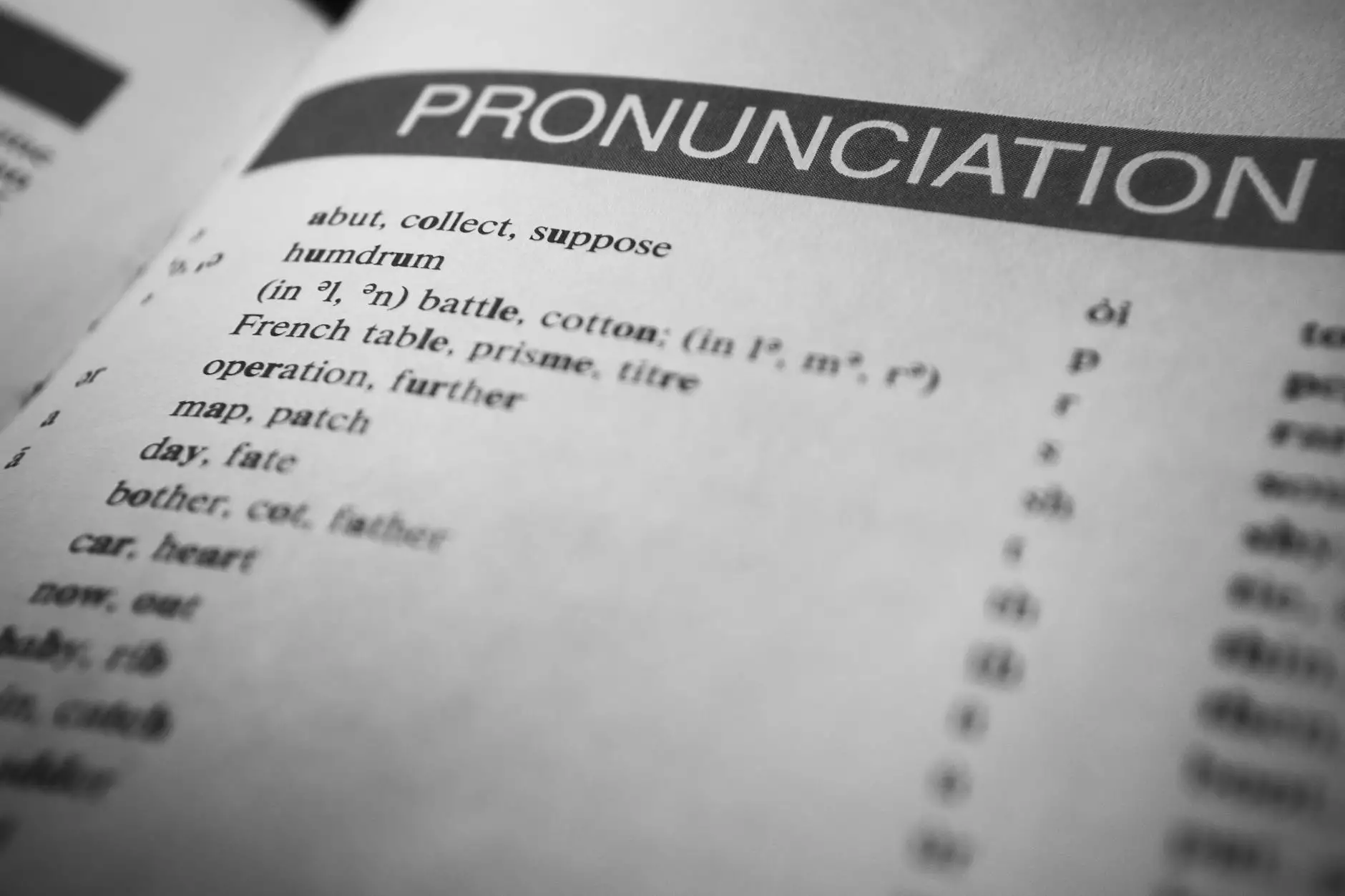English Lesson: Little Vs A Little, Few Vs. A Few
English Grammar Lessons
Introduction
Welcome to NJCLT's comprehensive English lesson on the difference between "little" and "a little," "few" and "a few." Mastering these nuances will significantly enhance your understanding and usage of the English language.
The Difference Between "Little" and "A Little"
Understanding the proper usage of "little" and "a little" is crucial in English. "Little" refers to a small amount or quantity. It conveys a sense of scarcity or insufficiency. For example:
- I have little time to complete the project.
- We have little money left for vacation.
- She expressed little interest in the subject.
"A little," on the other hand, indicates a small but sufficient amount. It conveys a sense of adequacy, despite being limited. Consider the following examples:
- I have a little time to relax before the meeting.
- We have a little money saved for emergencies.
- She showed a little interest in learning the instrument.
The Distinction Between "Few" and "A Few"
Similar to "little" and "a little," understanding when to use "few" or "a few" is essential. "Few" implies scarcity or an inadequate number of something. It suggests the absence of enough quantity or a small number. Observe the following examples:
- We have few options left to choose from.
- There were few people at the conference.
- Few students scored high on the exam.
"A few," on the other hand, indicates a small but sufficient number or amount. It implies the presence of a minimum quantity required for a specific purpose. Consider the following examples:
- We have a few options to consider for our next vacation.
- There were a few people I recognized at the event.
- A few students received scholarships for their achievements.
Usage Tips and Examples
Now that we have explored the differences between "little" and "a little," "few" and "a few," let's provide you with some additional usage tips and examples to solidify your understanding.
1. Use "little" and "few" in Negative Sentences
When expressing negativity, it is common to use "little" and "few" to indicate a lack or insufficiency:
- I have little interest in sports.
- We have few opportunities for advancement in this company.
- There is little hope for a quick resolution to the conflict.
2. Use "A Little" and "A Few" in Positive Sentences
When conveying positivity or adequacy, "a little" and "a few" are commonly used:
- I have a little spare time to catch up on my hobbies.
- We have a few reliable employees who always perform well.
- There is a little more we can do to improve the situation.
3. Use "Little" and "Few" with Uncountable Nouns
When referring to uncountable nouns (nouns that cannot be pluralized), we use "little" and "few" without an article:
- There is little sugar left in the bowl.
- He has few friends who share the same interests.
- She has little knowledge of French cuisine.
4. Use "A Little" and "A Few" with Countable Nouns
When discussing countable nouns (nouns that can be both singular and plural), "a little" and "a few" are used instead:
- She brought us a little gift.
- He has a few books on gardening.
- We saw a little squirrel in the park.
Conclusion
Congratulations! You have successfully completed NJCLT's English lesson on the difference between "little" and "a little," "few" and "a few." By understanding these subtle distinctions, you are now equipped to use these expressions confidently and accurately in your daily English conversations and written communication.
Continue practicing the usage of "little," "a little," "few," and "a few" to reinforce your understanding and become a master of these subtleties in the English language. Remember, language fluency improves with practice and exposure.
Thank you for choosing NJCLT as your language learning resource. Stay tuned for more insightful lessons and tips!










